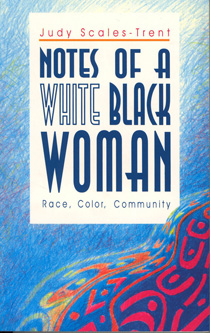Mixed-Race Identity Politics in Nella Larsen and Winnifred Eaton (Onoto Watanna)Posted in Asian Diaspora, Dissertations, Literary/Artistic Criticism, Media Archive, Passing, Social Science, Women on 2009-10-29 16:30Z by Steven |
Mixed-Race Identity Politics in Nella Larsen and Winnifred Eaton (Onoto Watanna)
Ohio University
English (Arts and Sciences) Department
November 2001
217 pages
Advisor: David Dean McWilliams
Sachi Nakachi
A dissertation presented to the faculty of the College of Arts and Sciences of Ohio University In partial fulfillment of the requirements for the degree Doctor of Philosophy.
The dissertation examines how two women authors of mixed-race, Nella Larsen and Winnifred Eaton (Onoto Watanna), resisted American identity politics in their works. The ideological complexities of mixed-race identity, which is “in-between” races, are the focus of my argument. To discuss what Judith Butler calls “the performativity of identity” in the interracial context, “passing,” “masquerading” and “mimicking” are used as key strategies. I examine whether the space of hybridity, in which the incompatible notions of difference and sameness exist together, opens up the horizon of transformation of significations . In Chapter One, I discuss how Larsen used her “mulatto” heroines to criticize the essentialist notion of identity. I probe how crossing boundaries (passing, geographical crossing and transgressing sexual norms) functions in her novels. In Chapter Two, I examine the works of Winnifred Eaton, who passed as Japanese in her authorship. By crossing the “authentic” ethnic boundaries and placing herself in a fictional identity, Eaton challenged racism and sexism. The dynamics of Orientalism, race and gender in Eaton’s works are examined in this chapter. Postmodern feminist theories and postcolonial theories are used in tandem to support my argument, which tries to discuss how the system of racial oppression operates in multi-racial/multi-ethnic women’s literature.
Read the entire dissertation here.






